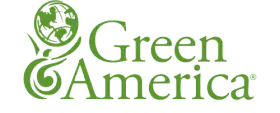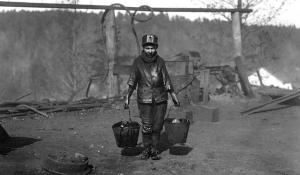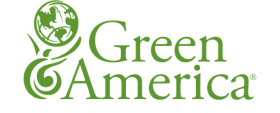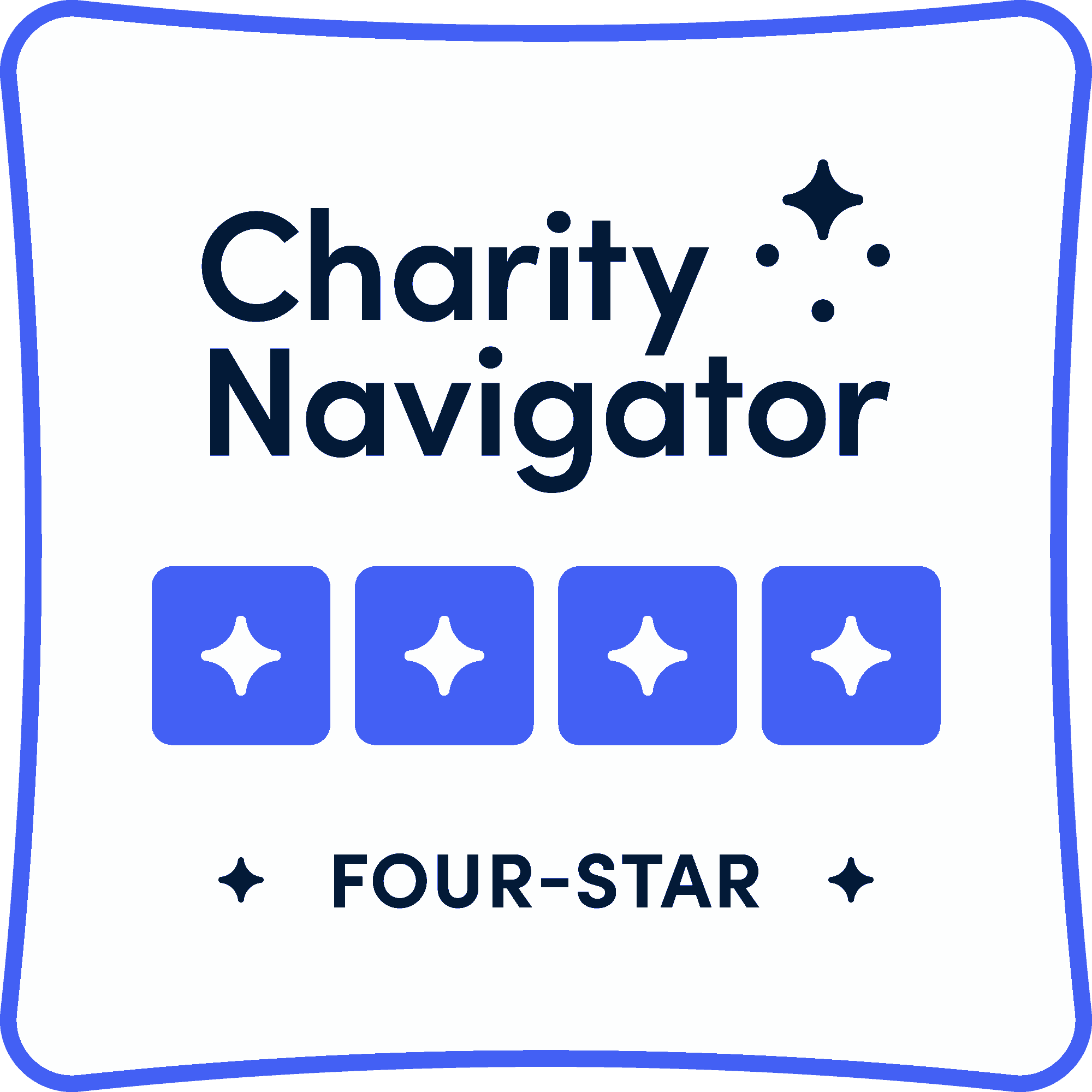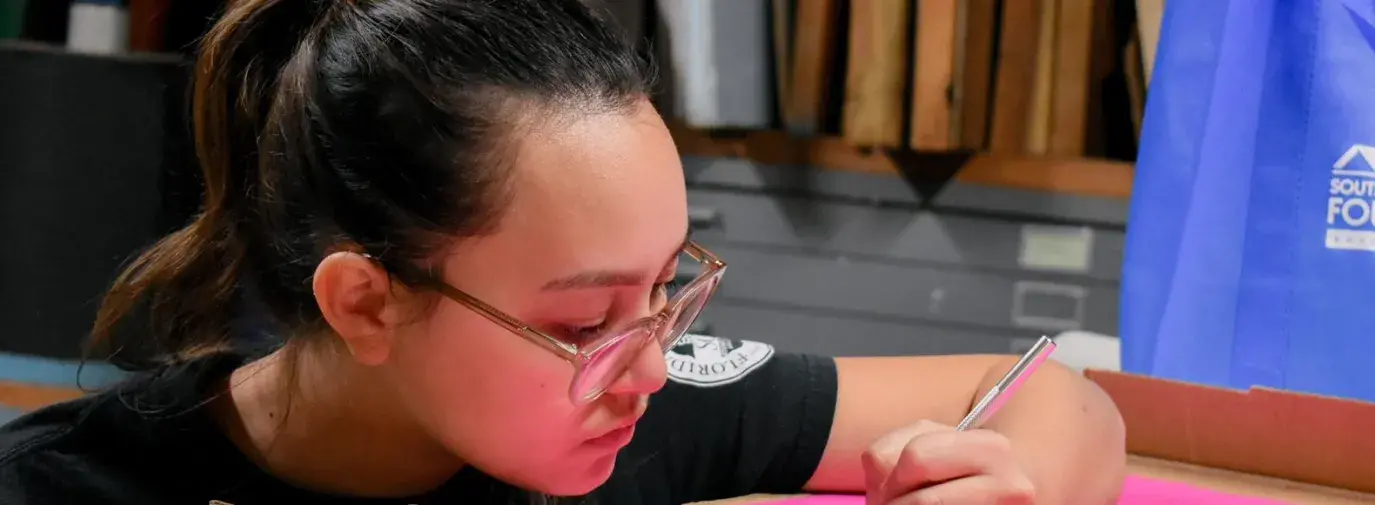
My advocacy comes from a place of anger.
When it comes to advocating for a better world, the message is usually towards a joyous future of community and love. And while joy is part of my advocacy, too, it’s not the lens in which I view the world, politics, or society.
I am a woman. I have an immigrant Filipina mother and a blue-collar white father. Conversations around class discrepancy, bodily autonomy, human rights, and history were frequent at our dinner table and PBS documentaries were a staple on the television. I inherited my passion for justice—and my anger at injustice—from my family.
For a long time, I didn’t know where to put that anger. I tried to sate it with hope for the future and the belief that someone, somewhere, would do something to end cycles of harm and injustice. Coming of age under the Obama administration also gave me hope that America could improve on its racist past. But when Trump was elected in 2016—the first Presidential election where I could vote—the shock that Americans would vote in an unapologetic bigot and misogynist left me hopeless for the first time.
But hope is a fickle thing. It doesn’t truly give up.
In 2019, I joined Sunrise Movement, started organizing, and found community in political activism for the first time. I felt fired up, engaged, and ready to channel my righteous anger into something politically and socially productive, like the Green New Deal. It was therapeutic to learn that I didn’t need to wait on someone, somewhere, to end cycles of harm and injustice—I could do it myself, with others that cared.
And then the COIVD-19 pandemic hit. I read breaking news stories of Asian women and elders getting attacked, beaten, and killed because of xenophobic rhetoric. I worried for my mom and my sister, living hundreds of miles away. I worried for myself, living in a neighborhood of vocal Trump supporters who did not wear masks because the virus was a “hoax.” I worried about my partner, who is considered high-risk, around people coughing open mouth in public.
That first year of the pandemic taught me that people often value what is most convenient for them over the good of the collective. I had read this in history books, but seeing it play out in-person broke my faith in humanity. It took years to surface from that dark place of apathy; truthfully, it’s a hole that I sometimes fall back into.
Today, my apathy and anger are a balancing act. Getting wrapped up in rage is overwhelming, even though it is great fuel for an activist’s fire. But without a proper outlet, that flame burns out. When we experience burnout, we grow numb. And if we become numb—if we stop pushing back—we lose.
Anger is useful. Like all emotions, it’s a mind and body response to external influence. As a woman, society taught me that my anger was improper, unladylike, and undesirable—something to be suppressed for a more polite emotion. But I’ve learned that it’s healthier to express these emotions rather than bottle them up. I choose to express my anger through productive means like advocacy for a world where people and the planet are heard, cared for, and respected.
Temperature checks in community spaces, among friends and family, and online forums show that anger is a shared feeling in the wake of shock and tragedy. And that shared feeling of disappointment, of injustice, of fury, is a powerful wellspring of momentum.
Anger asks us to yell, to fight back, to push harder still. Anger begets action. And action keeps apathy at bay. If anger is what it takes to act, then be angry. And make change.
